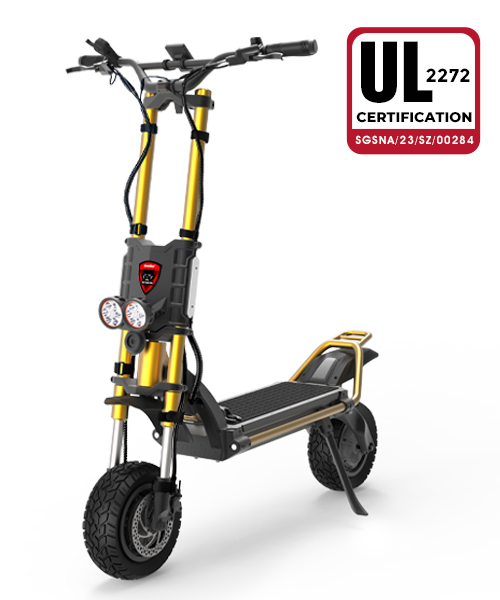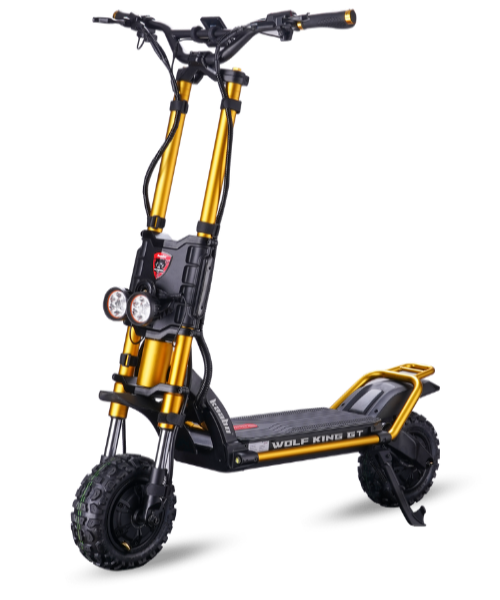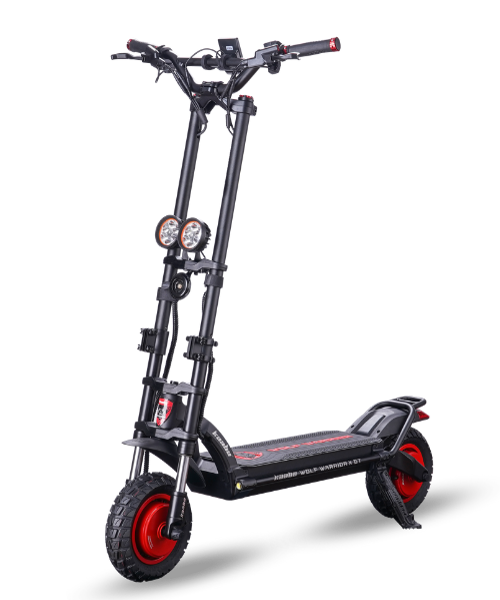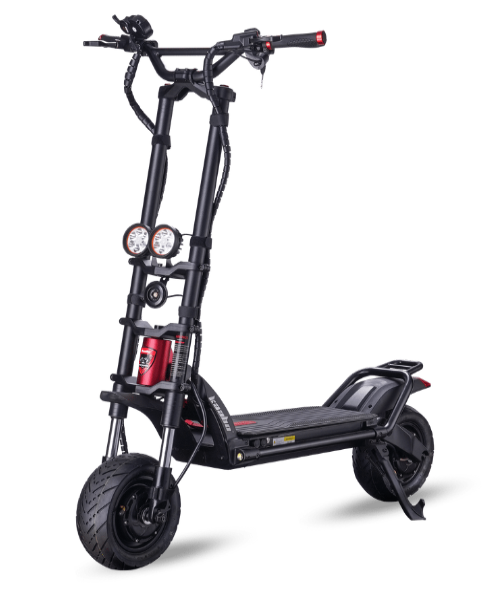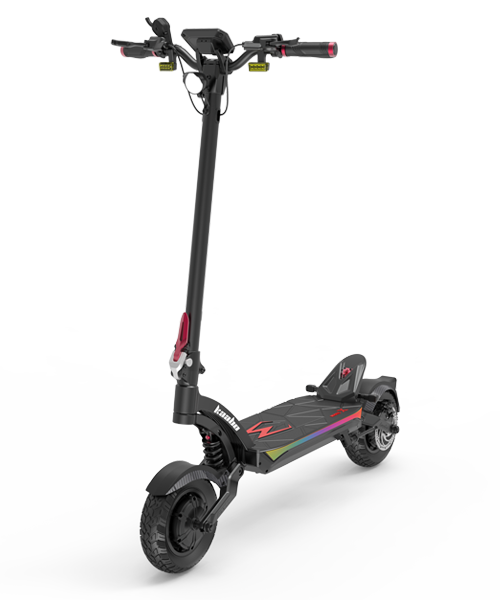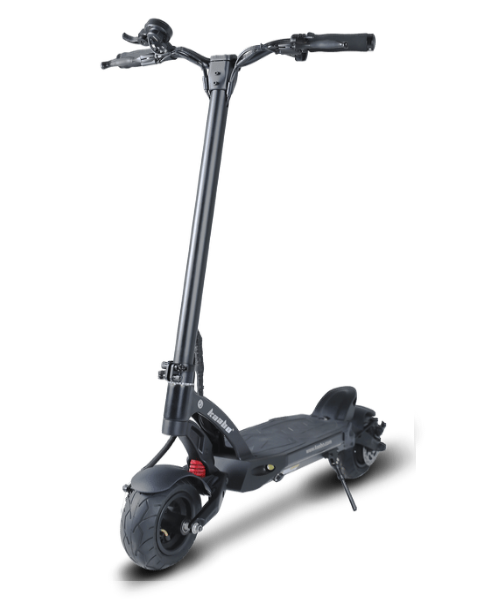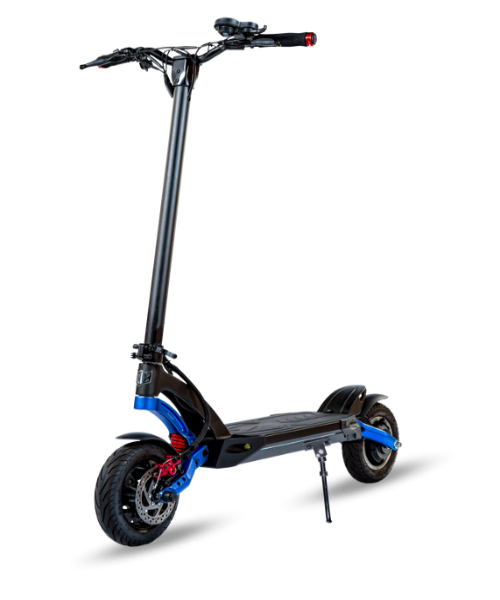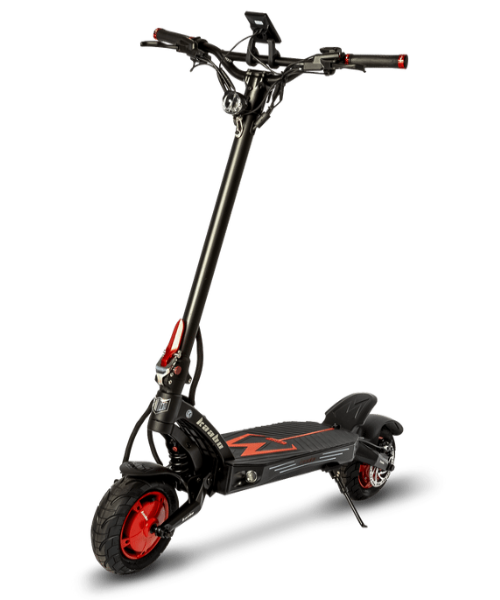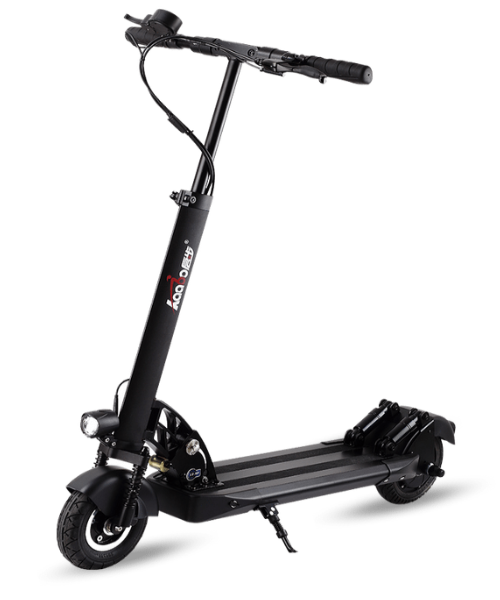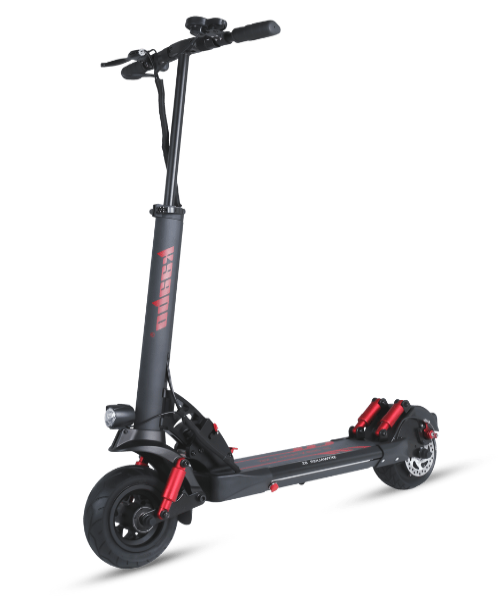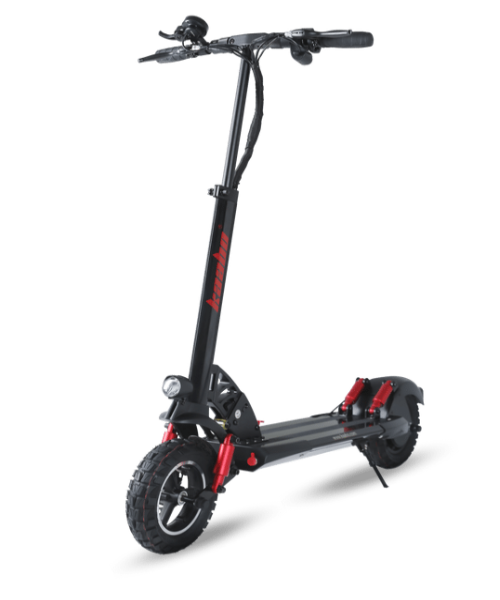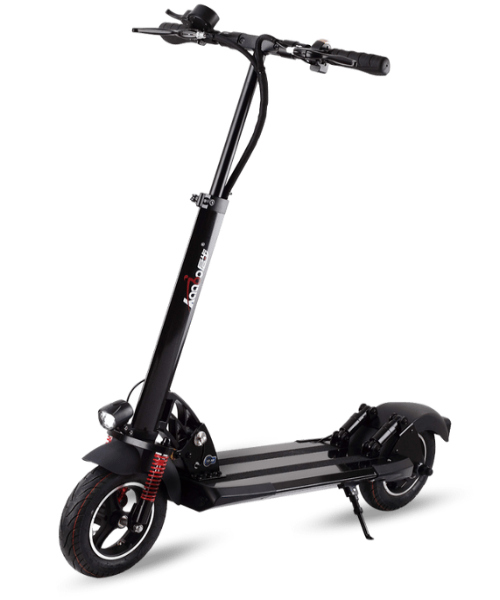
Introduction
The contemporary world is evolving, and with it, the way we commute. Electric scooters for adults have not just become a trend but a necessity in many urban environments. Before diving into the best scooters of 2023, let’s understand why these gadgets have gained so much traction.
The Revolution of Electric Scooters
A few years ago, electric scooters were a novelty. Today, they symbolize efficiency, eco-friendliness, and the future of urban transport. Their growth can be better understood by delving into their evolution and the comprehensive guide on adult electric scooters provided by Kaabo.
Factors to Consider Before Buying an Electric Scooter
Choosing the perfect electric scooter requires a consideration of several factors. These include battery life, portability, safety features, and of course, the price. Moreover, understanding the top benefits of owning a scooter can guide your buying decision.
Unveiling the Best Electric Scooters for Adults in 2023
Among the top contenders this year, the Kaabo electric scooter stands out. Renowned for its balance between efficiency, style, and performance, it’s no surprise that it’s leading the market.
- Kaabo: A deep dive into its features showcases why it’s a favorite. With an impressive battery range, robust design, and advanced safety features, it’s built for the modern commuter. For a more in-depth look, check out the reviews on their official site or watch these insightful reviews on YouTube and YouTube Shorts.
Maintenance and Care Tips
An electric scooter represents not only a convenient way to travel but also an investment in sustainable commuting. Like all machinery, your scooter demands regular care and attention to perform its best and last long. Here are some essential care and maintenance tips:
- Routine Inspections: Check your scooter before every ride. Inspect the tires for wear, ensure they have the correct inflation, verify that the brakes work, lights function, and all fastenings remain tight.
- Battery Care: Treat the battery as the heart of your electric scooter.
- Charging: Use only the manufacturer-provided charger. Although many modern batteries protect against overcharging, always unplug once fully charged.
- Storage: If you plan not to use your scooter for a while, store the battery with about 50-60% charge in a cool, dry place.
- Cleaning: Wipe down your scooter with a damp cloth after a dusty or muddy journey. Avoid hosing it down, as water can damage the electronics. For stubborn dirt, mild soapy water and a soft brush work wonders.
- Tire Maintenance: Your scooter may have air-filled or solid tires.
- Air-filled: Regularly check the tire pressure and refill when necessary. Be vigilant about punctures and wear.
- Solid tires: They don’t require inflation, but you should inspect them for cracks or significant wear.
- Storage: Store your electric scooter indoors or somewhere dry when not in use. Protect it from prolonged exposure to rain or sun.
- Firmware Updates: Some scooters, like Kaabo’s models, have updatable firmware. Update your scooter’s firmware regularly to get the best performance and the latest features.
- Professional Servicing: While you can handle routine maintenance, consider professional servicing once or twice a year. Professionals can detect and fix deeper issues.
For model-specific advice or a detailed maintenance guide for Kaabo scooters, visit Kaabo’s official maintenance guides.
The Environmental Impact of Electric Scooters
Apart from being efficient for personal transport, electric scooters play a pivotal role in reducing carbon footprints. Discover how riding a scooter, especially the efficient commuter e-scooters by Kaabo, can be your contribution to a greener planet here
FAQ (Frequently Asked Questions)
Basics and Lifespan
- Q1: How long do electric scooters typically last?
- A: With regular maintenance and care, quality brands like Kaabo can last several years. Most electric scooters have a life expectancy of 3-5 years, depending on usage and maintenance.
- Q2: Are electric scooters waterproof?
- A: While many electric scooters are water-resistant, they are not entirely waterproof. It’s recommended to avoid heavy rain and standing water. Always check the IP rating of the scooter for specific water resistance levels.
Maintenance and Care
- Q3: How often should I service my electric scooter?
- A: It’s advised to do a basic check-up every 2-3 months and a comprehensive service once a year. Brands like Kaabo might have specific maintenance schedules detailed in their user manuals or on their official site.
- Q4: Is it safe to leave my electric scooter charging overnight?
- A: While many electric scooters have safety features to prevent overcharging, it’s generally recommended not to leave them charging unattended for prolonged periods. Always refer to the manufacturer’s guidelines.
Performance and Capabilities
- Q5: Can electric scooters handle uphill roads?
- A: Yes, many modern electric scooters can handle inclines. However, the ability to climb hills will depend on the motor’s power and the scooter’s design. For instance, Kaabo electric scooters are known for their robust performance on varying terrains.
- Q6: What is the average charging time for electric scooters?
- A: Charging times can vary, but on average, most electric scooters take 4-6 hours to fully charge. High-end models or those with fast-charging capabilities might take less time.
Legal and Customization
- Q7: Do I need a license to ride an electric scooter?
- A: Licensing requirements vary by country and region. In many places, electric scooters with a top speed below a certain limit (e.g., 15 mph or 25 km/h) do not require a license. Always check local regulations.
- Q8: Can I customize or upgrade my electric scooter’s parts?
- A: Yes, many enthusiasts customize or upgrade parts like tires, handlebars, or even batteries. If considering this, ensure compatibility and potentially check resources like the Kaabo blog for guidance.
Environment and Sustainability
- Q9: Are electric scooters eco-friendly?
- A: Absolutely! Electric scooters produce zero emissions during operation, making them a greener alternative to many other forms of transport. Moreover, the environmental impact of using electric scooters is significantly less compared to cars or motorcycles.
Conclusion
The era of electric scooters is undeniably upon us. Their rapid ascent in urban landscapes worldwide isn’t just due to their novelty but owes much to their real-world benefits. The ease of zipping through traffic, the freedom of not having to hunt for parking spots, and the low operational costs are just the tip of the iceberg.
Furthermore, as the global community becomes more conscious of environmental sustainability, electric scooters shine brightly as a beacon of eco-friendly transportation. They produce zero emissions, consume far less energy than conventional vehicles, and, when combined with renewable energy sources, represent a major step towards our green goals.
But it’s not just about the broad strokes; it’s also about the nuances that different brands bring to the table. Kaabo, for instance, exemplifies what an electric scooter brand should aspire to. By focusing on durability, efficiency, and user experience, they’ve carved out a distinct niche for themselves in a crowded market. Their commitment to innovation and continuous improvement, as evident from their comprehensive guides and user feedback, paints a picture of a brand that is not just riding the wave but actively shaping the future of electric scooters.
In sum, as we stand at the crossroads of transport innovation, electric scooters are not just a fleeting trend; they’re a testament to how technology can reshape our daily lives for the better. With pioneers like Kaabo in the forefront, it’s safe to say that the journey ahead is not just green but also exhilarating.








































































